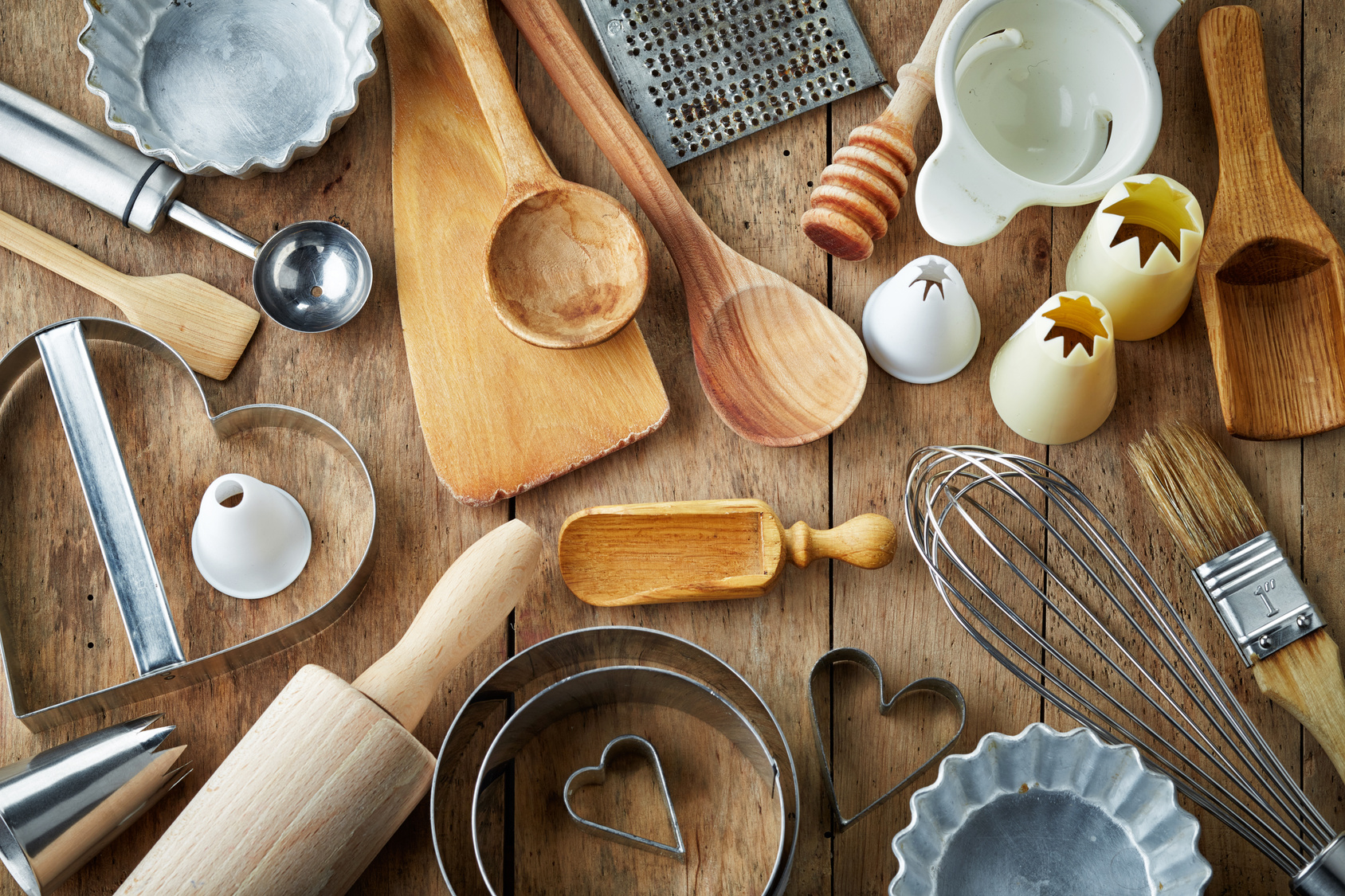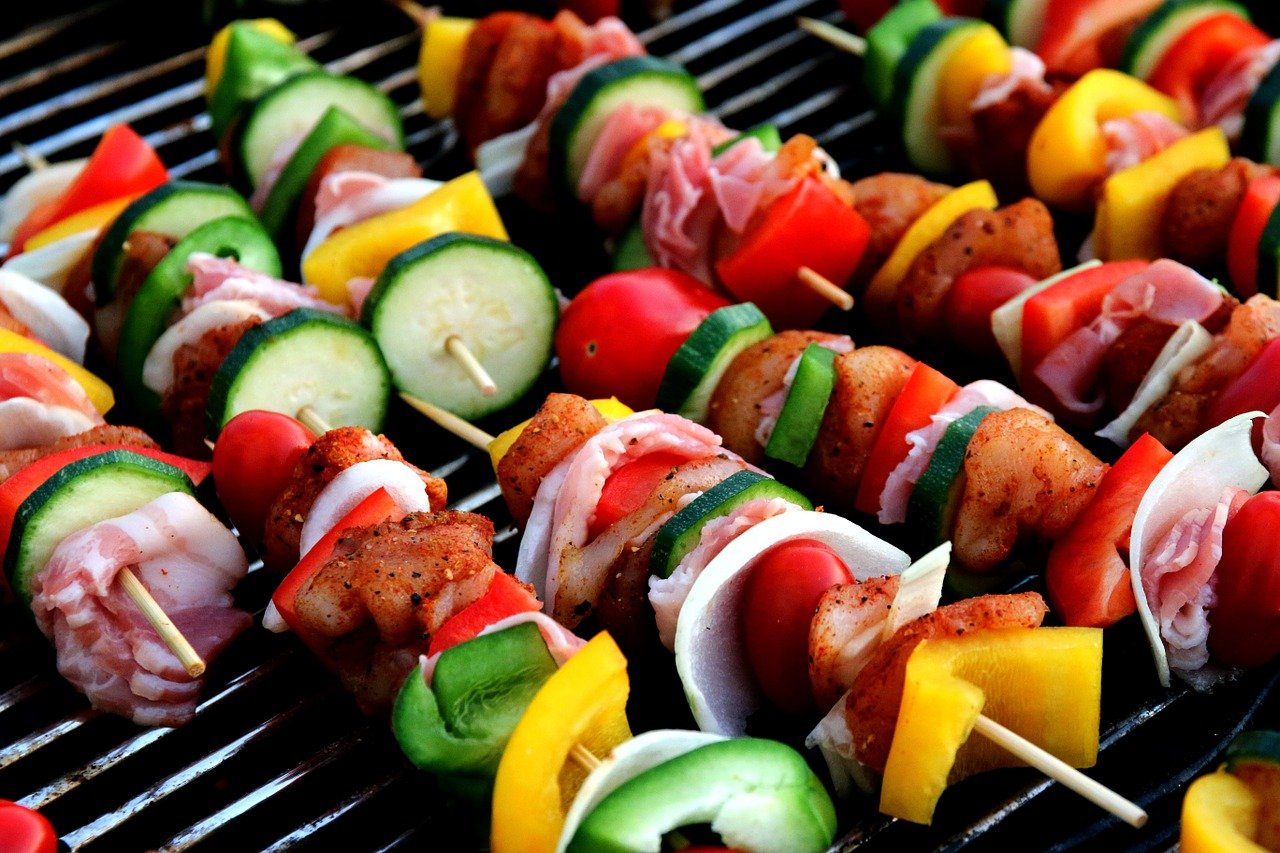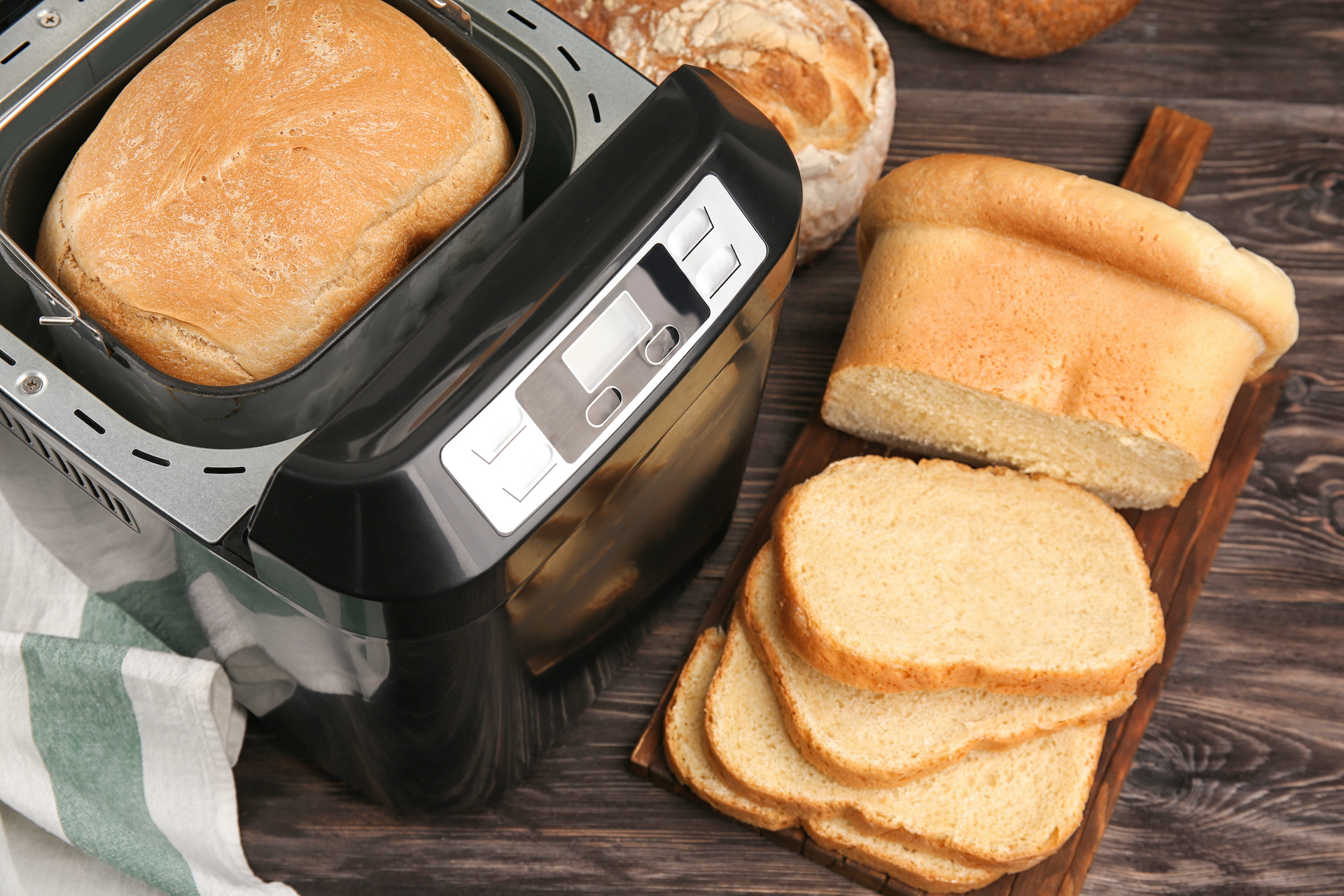Table of Contents
Basil cultivation: 20-50 cm high annual plant with erect, branched stems. The leaves are opposite, petiolate, ovate or ovallanceolate with a slightly toothed edge.
The flowers are white or pinkish white, zygomorphic, gathered in axillary corymbs, with 5 to 6 flowers per whorl. They are found at the top of the stem or at the ends of the branches. It flowers in summer: December-January.
The fruit is a tetraquenium, contains 4 oval seeds, smooth, whose color varies from brown to black. Smell: pleasantly aromatic. Taste: Spicy and slightly salty.

Other species, varieties and cultivars
There are more than 160 species of the genus Ocimum and numerous races and varieties of Ocimum basilicum L. which are very different from each other, both chemically and morphologically. Some examples are: minette or Greek basil (Ocimum basilicum minimun), purple basil (Ocimum basilicum purpurascens), lemon basil (Ocimum basilicum “citriodora”), lettuce basil, aniseed basil and cinnamon-scented basil, etc.
The fresh and dried leaves are used in gastronomy. The dried leaves are also used medicinally and the essential oil obtained by distillation of the plant (flowering tops) is used in cosmetics and perfumery.
Uses and Properties
Used mainly in the food industry as a flavouring agent, it is an essential component in the industrial processing of prepared meats, sauces, vinegars and liqueurs. It is one of the most popular herbs used fresh or dried for seasoning and flavoring foods.
It is especially combined in tomato-based dishes, sauces, pesto, etc. In French, Greek and Italian cuisine, basil is considered a fundamental ingredient in the preparation of their recipes. It is used to season soups, soft cheeses, fish dishes and salads. Basil leaves make up the “herbes de Provence” mixture.
In herbalism the leaves are used as an antispasmodic. In folk medicine the infusion is used as a stomachic and carminative. The essential oil of basil is used in cosmetics and perfumery.
Chemical composition
The main components of the essential oil are linalool, eugenol, and methylchavicol. The essential oil content varies between 0.04 and 0.7%, depending on the variety, the chemotype, the origin, the time of harvesting and the moisture content of the plant.
Production system for basil cultivation
Soil
Basil grows well in fertile soils, with good sun exposure and light texture, located in areas with good air circulation.
Propagation
It multiplies by seeds, which can be sown in trays, pots or in seedbeds in the ground. Sowing is done in spring.
It could be sown earlier (August-September) in protected environmental conditions (tunnels or greenhouses) to avoid the incidence of low temperatures that basil does not tolerate.
When the seedlings have reached a certain stage of development (6 true leaves approx.) and after the frost period has passed, they are transplanted to the chosen site in the field. Another option would be to do direct sowing with a precision sowing machine and then thinning.
Fertilization
Basil responds to the contribution of nitrogen. It is incorporated at sowing (80 to 120 units), and in early crops where 2 cuts can be made N is added after the 1st cut. The crop yield improves, without modifying the tenor or the composition of the essential oil. P and K are also added at a rate of 100 to 120 units of each element. Composted farmyard manure or other organic compost can be used at a rate of 3 to 5 kg/m2 , incorporating it when preparing the soil.
Weed, pest and disease control
In organic production weed control will be done by mechanical procedures preferably superficial to avoid damage to the superficial root system of plants.
Herbicides used in France for chemical weed control are not mentioned for Uruguay in the Sata guide.
Plant susceptible to fusarium when there are environmental conditions of high humidity and medium to high temperature, and in repeated horticultural crops on the same soil. Important to start from healthy seed and from soil free of pathogens and weed seeds.
Irrigation
The contributions of water are necessary for a good development of basil. It is estimated requirements of 300 to 400 mm spread over the growing season.
Harvest and post-harvest of basil cultivation
Yields
The yields quoted are taken from French literature (Iteipmai); Fresh aerial part: 15-20 t/ha; Dry aerial part: 3-4 t/ha; Percentage of dry leaves: 50 to 60% Yield in dry leaves: 1.5 to 2 t/ha; Essential oil content of fresh aerial part: 0.02 to 0.07%; Essential oil content of dry leaves: 0.7%.
Experiments were carried out in the cultivation of introduced aromatic plants in order to gather information about the cycle, management, and yield of aromatic plant cultivation.
Varieties lemon basil and basil minette (dwarf variety).
Read more: Drying herbs: 8 tips for preservation
Planting densities
Lemon basil variety was grown in plots with a planting frame of 30 cm between rows and 20 cm between plants, with two rows of 0.75 m wide beds.
The distance between beds was 0.75 m.; density of 66,600 plants/ha. All the aerial part was harvested in a single cut (flowering tops) obtaining the following yields: Average fresh weight/plant:187.5 g Estimated yield/ha based on the above planting density:
- 12,500 kg of green material/ha (at 70% moisture content).
- 3750 kilos of dry material/ha.
Experimental results for Basil minette (dwarf variety) grown under the same conditions as above were: Average fresh weight/plant: 135g Estimated yield/ha:
- 9,000 kg green material/ha (at 79% moisture content).
- 1,890 kilos of dry material/ha.



